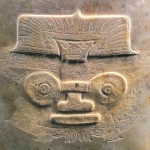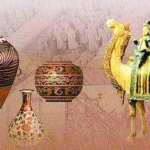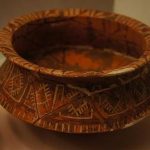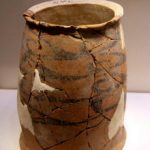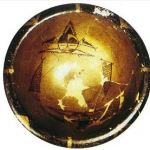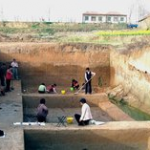Bird-like, tiger-like, or turtle-like? Where did the Liangzhu culture gods and goddesses with animal faces emblem come from?
Introduction. Liangzhu culture is an archaeological culture located in the plain area of the lower Yangtze River during the late Neolithic period in China, and at present we generally believe that they represent the three Miao groups of the Yao-Sun-Yu period. Liangzhu culture is famous for the discovery of large ritual building sites, large tombs, …
